 HOT
HOTTailkits UI
MCPBuild landing pages with AI
Discover React components to build interactive web interfaces. React components are reusable pieces of code in the React library that simplify development.
 HOT
HOTBuild landing pages with AI
 HOT
HOT959 Shadcn blocks & 10+ templates
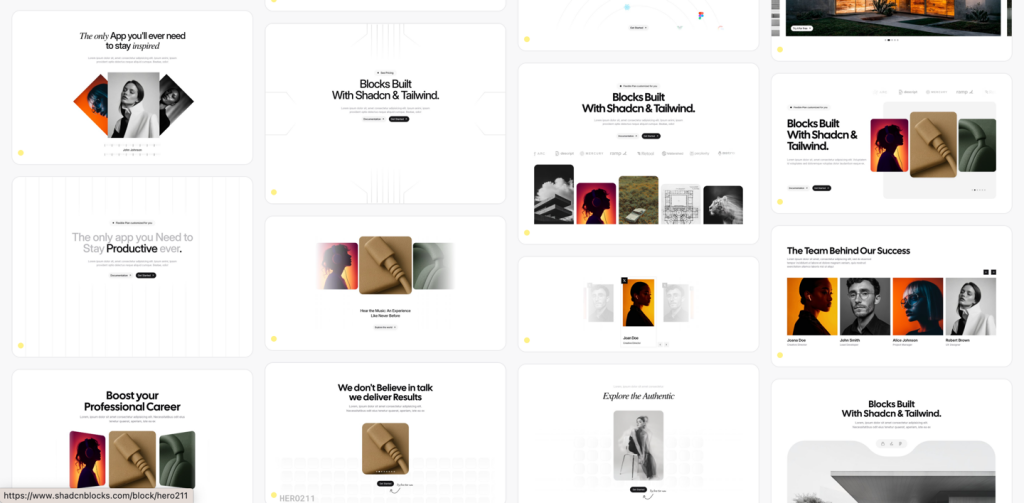 HOT
HOT959 shadcn/ui blocks for Tailwind
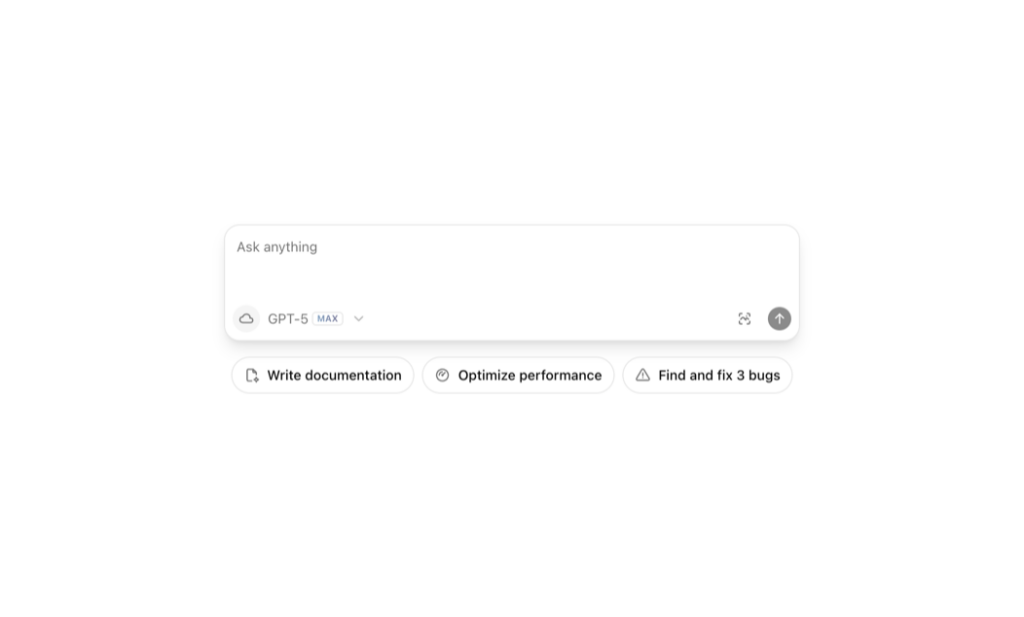
React UI blocks for Tailwind + shadcn
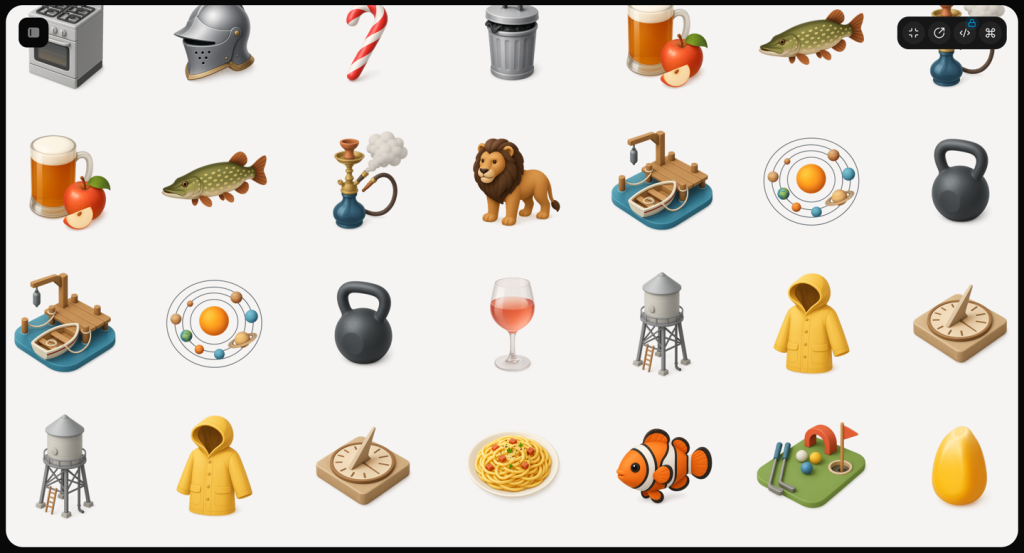
70+ animated shadcn/ui components for Next.js
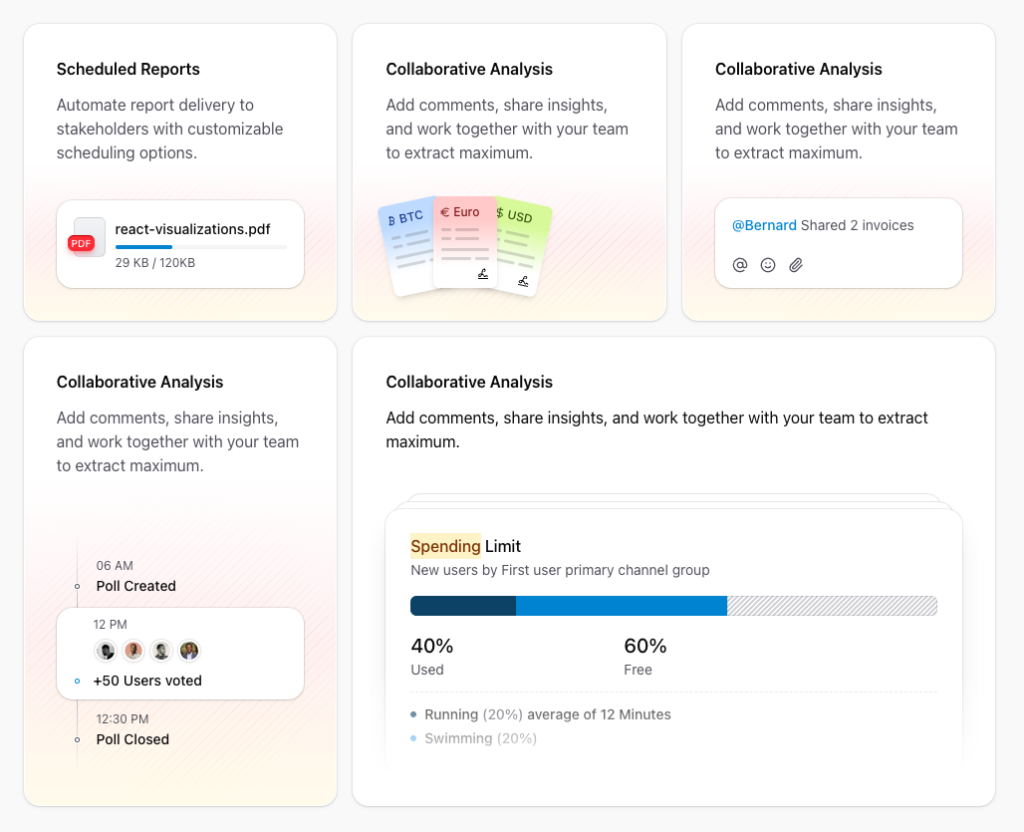
Free and premium Shadcn blocks
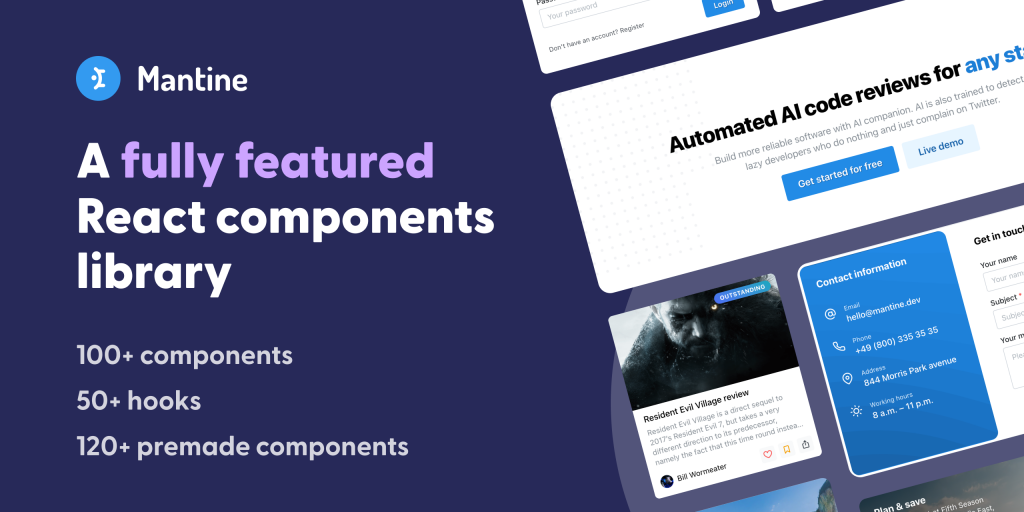
120+ responsive UI blocks for React.

Preline: 740+ Tailwind pages & components
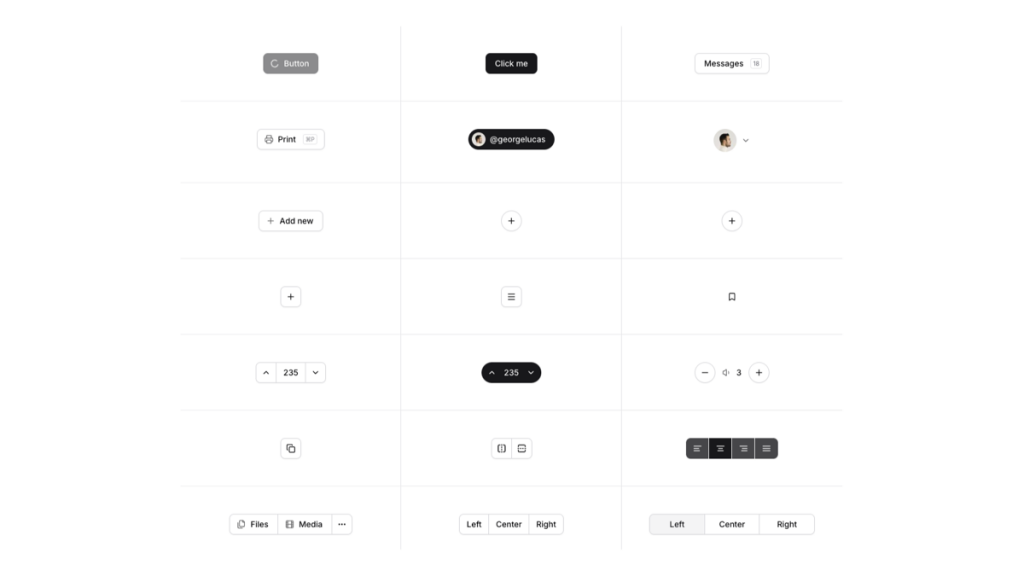
Open-source Tailwind and Next.js components

500+ Tailwind Plus UI components
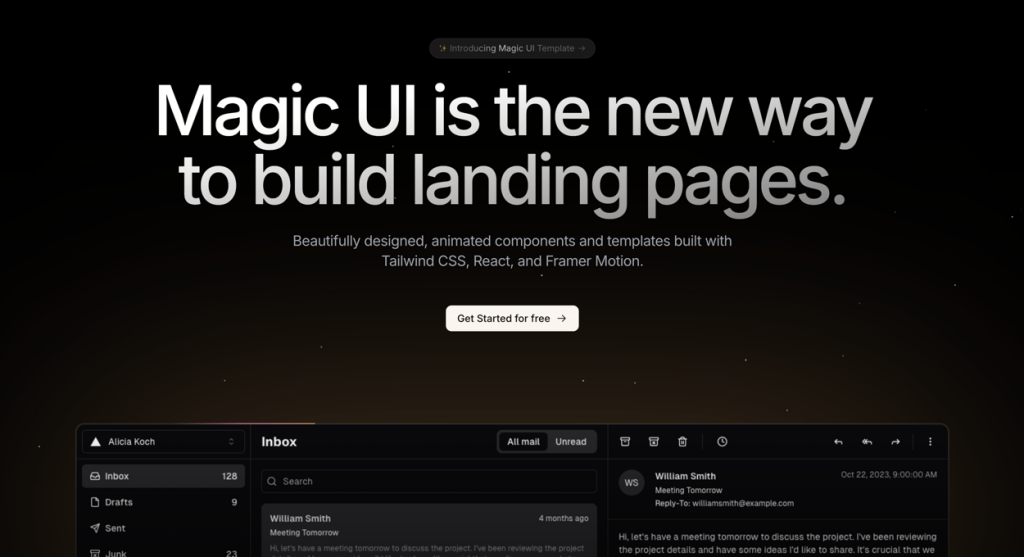
50+ animated sections and 3+ templates
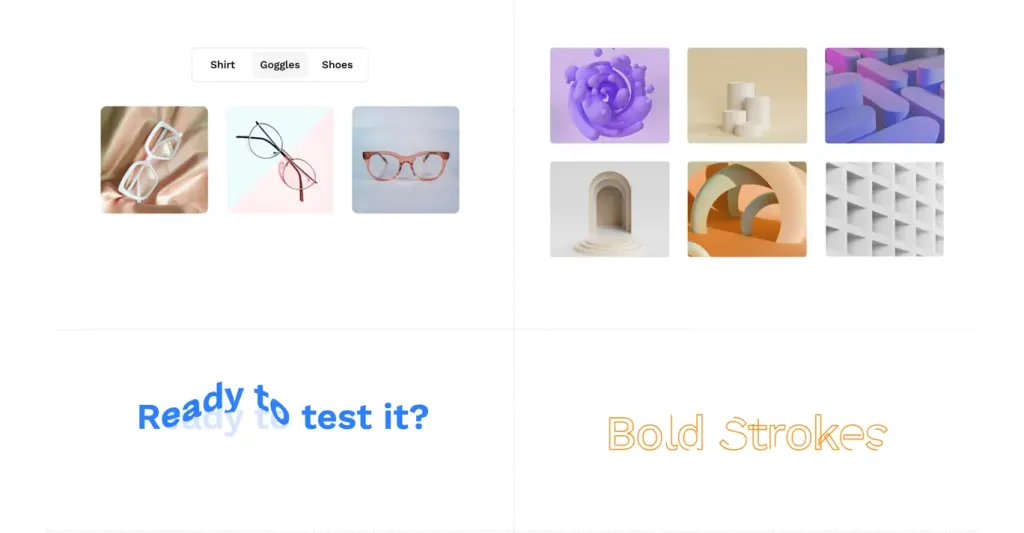
GSAP-driven React components & interactive design blocks
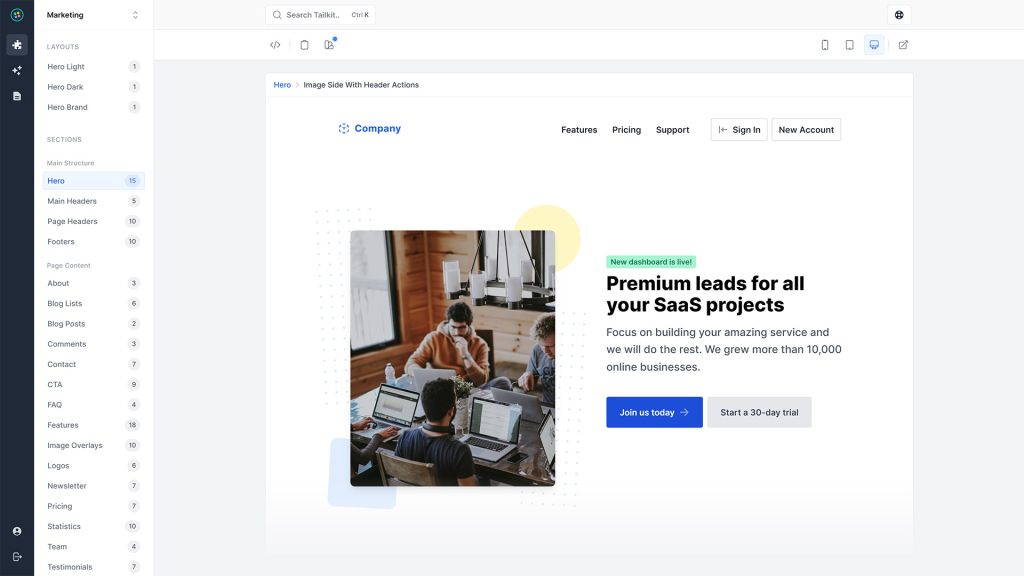
600+ ready-made Tailwind CSS components
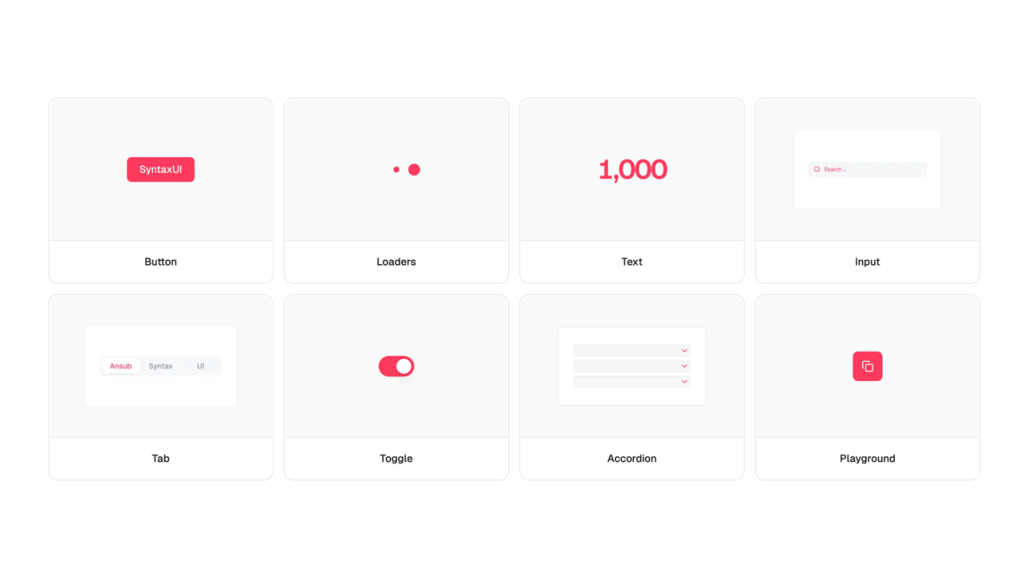
Free Tailwind & React UI components for rapid builds
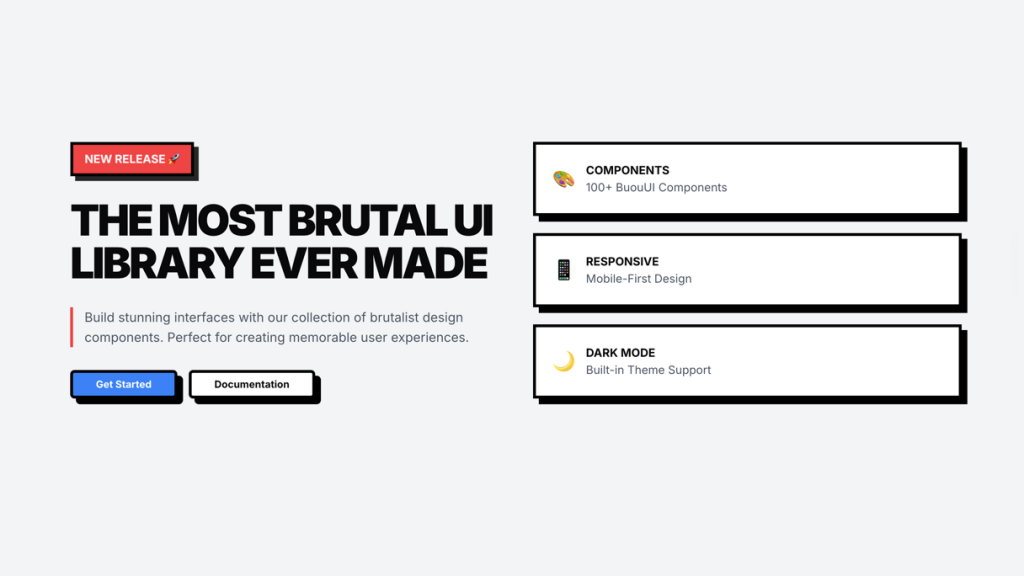
Retro Tailwind components ready to copy‑paste

UI Components for React
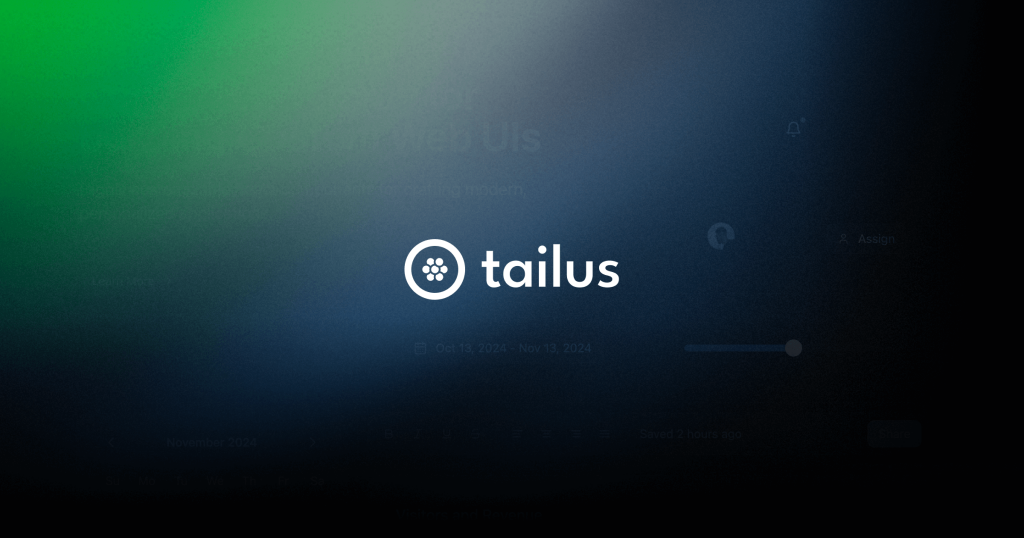
Copy-paste Tailus UI components, ready to customize
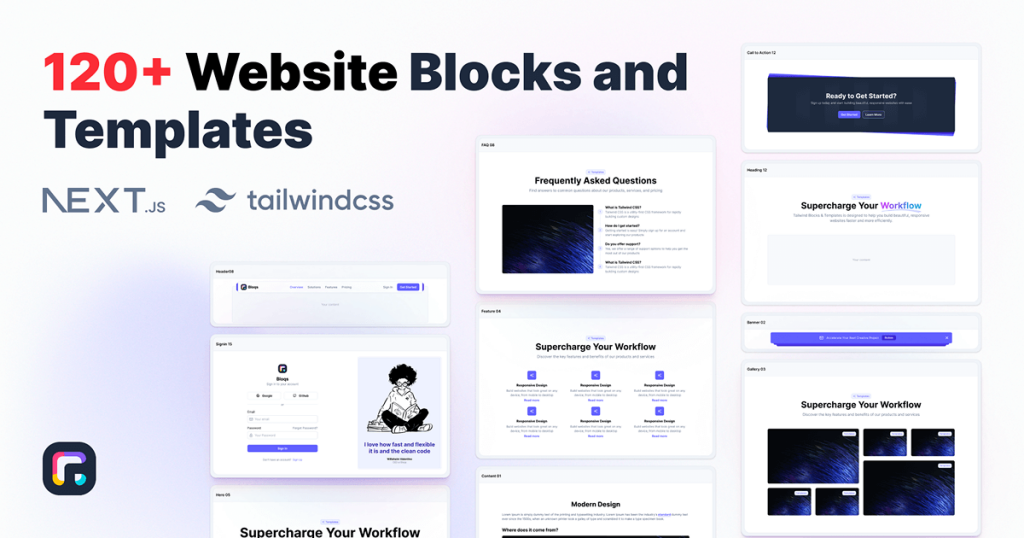
300+ drop-in Tailwind UI blocks for rapid design

40+ Tailwind retro components with TS support
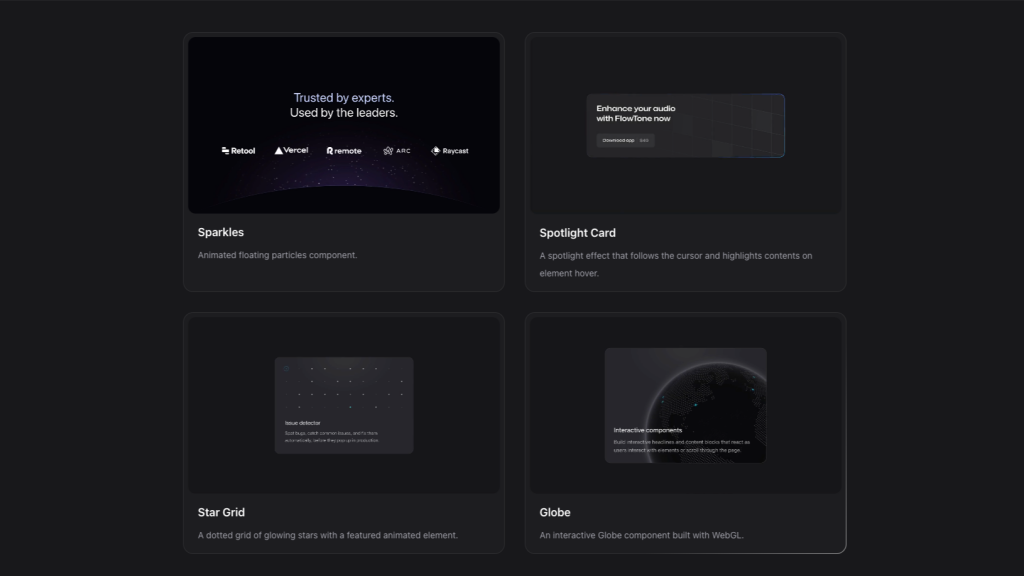
Interactive Tailwind components for React and Vue.js
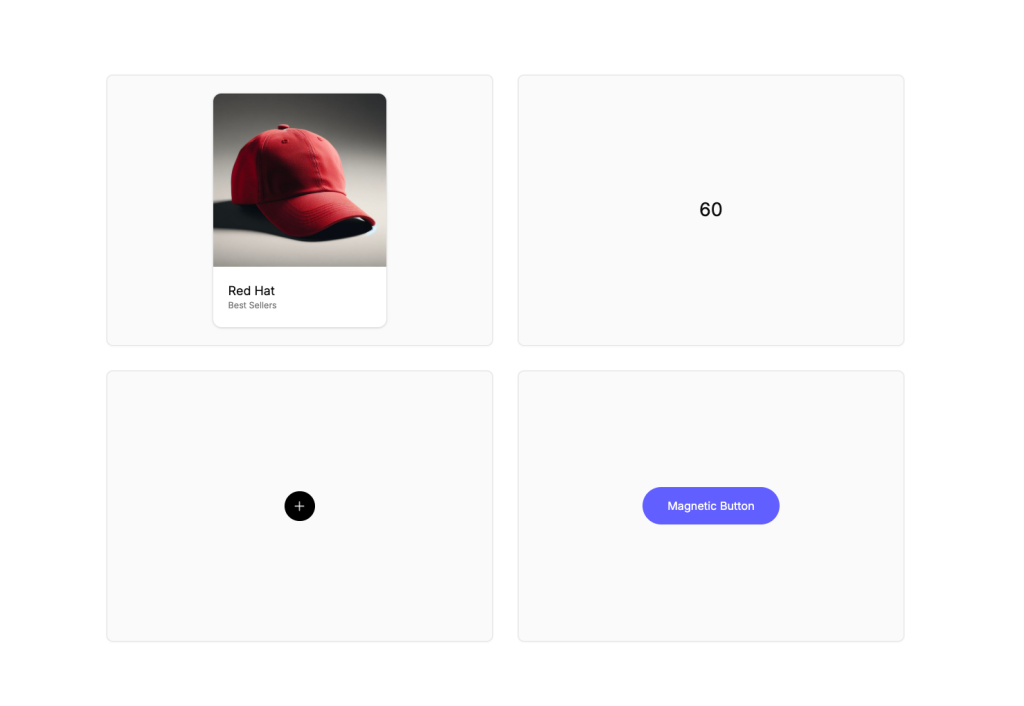
Animated Tailwind components using Framer Motion
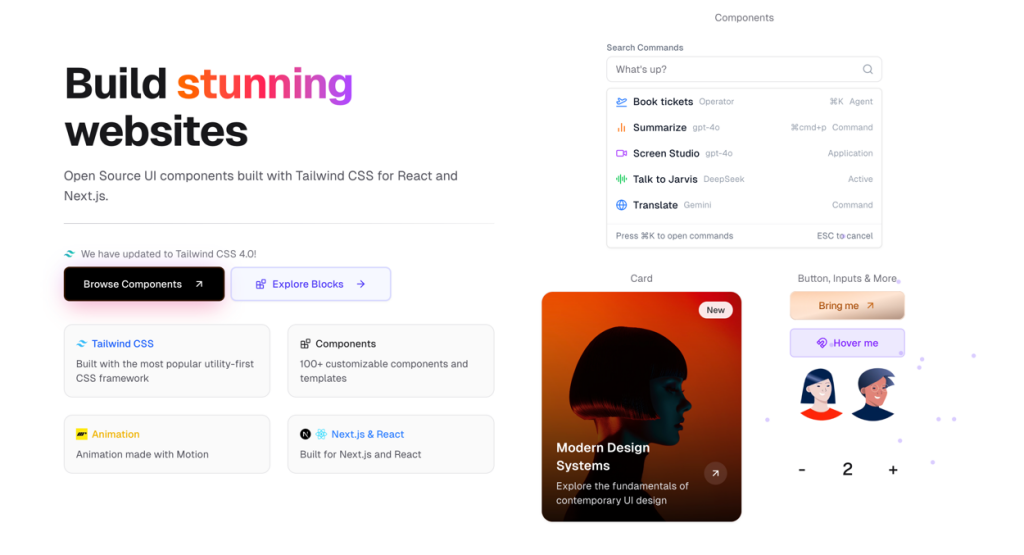
UI components built with Tailwind CSS for React and Next.js
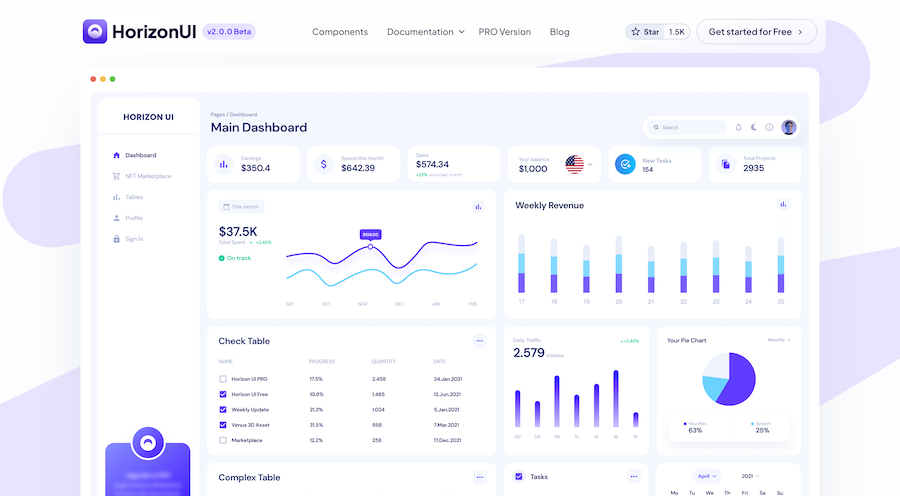
400+ UI Components for Tailwind CSS
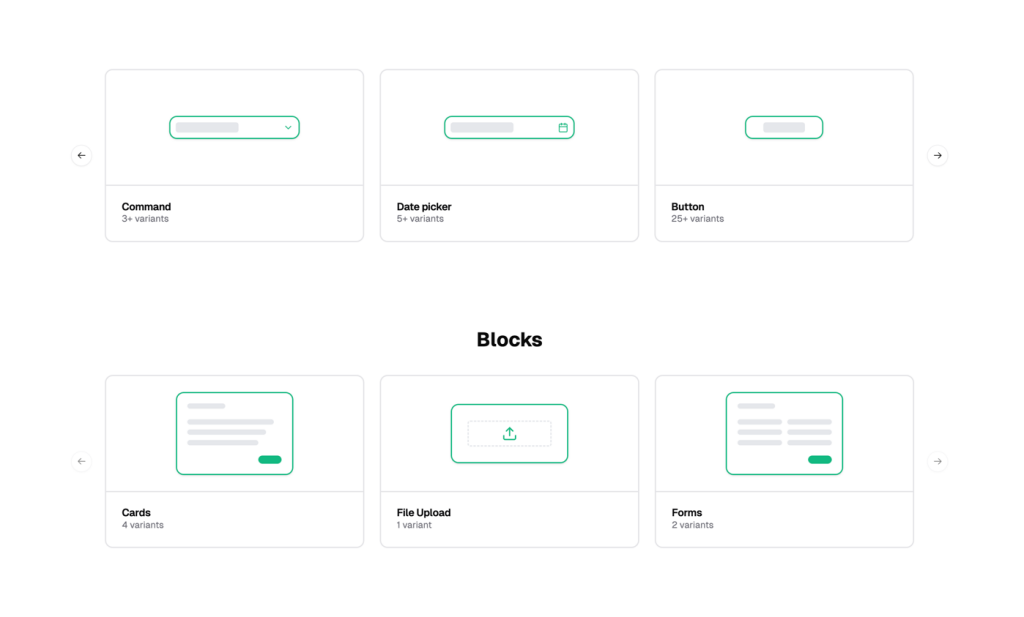
Reusable shadcn/ui elements
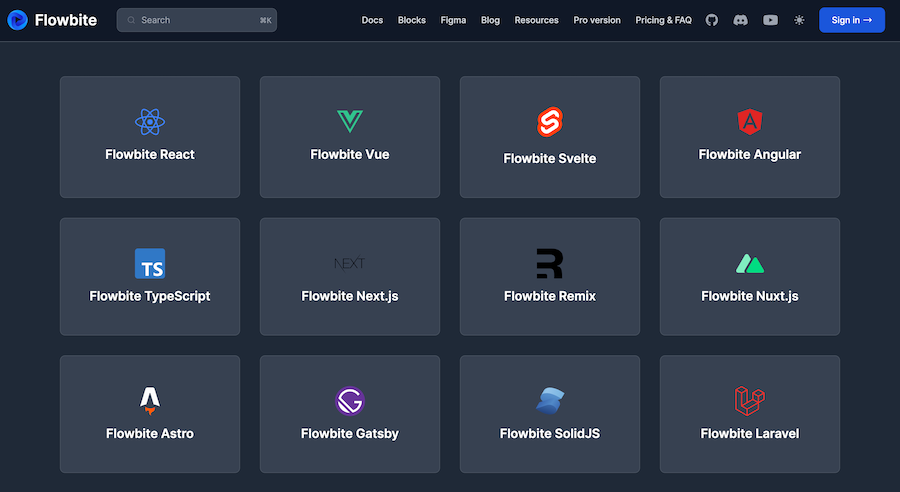
450+ UI components for Tailwind CSS
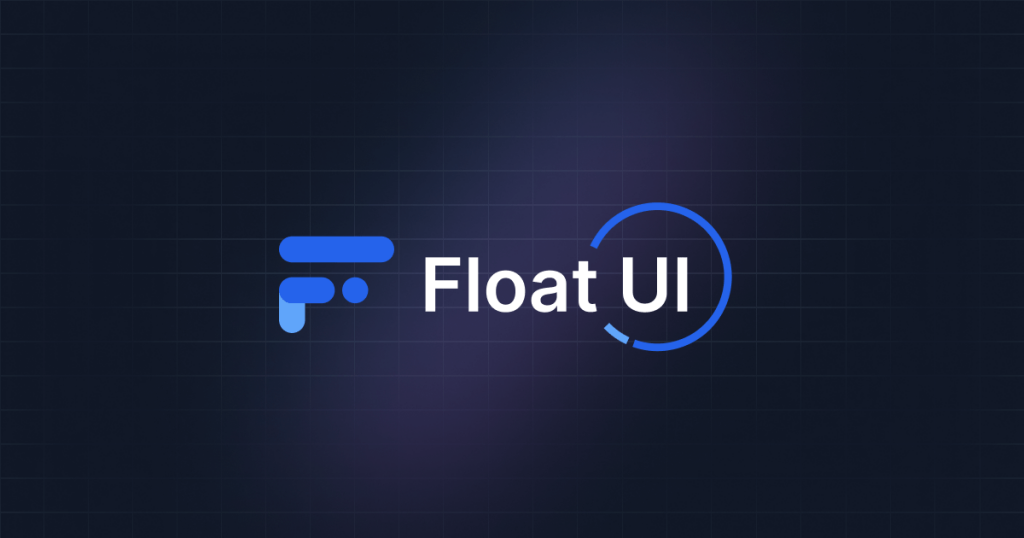
Free Tailwind CSS components
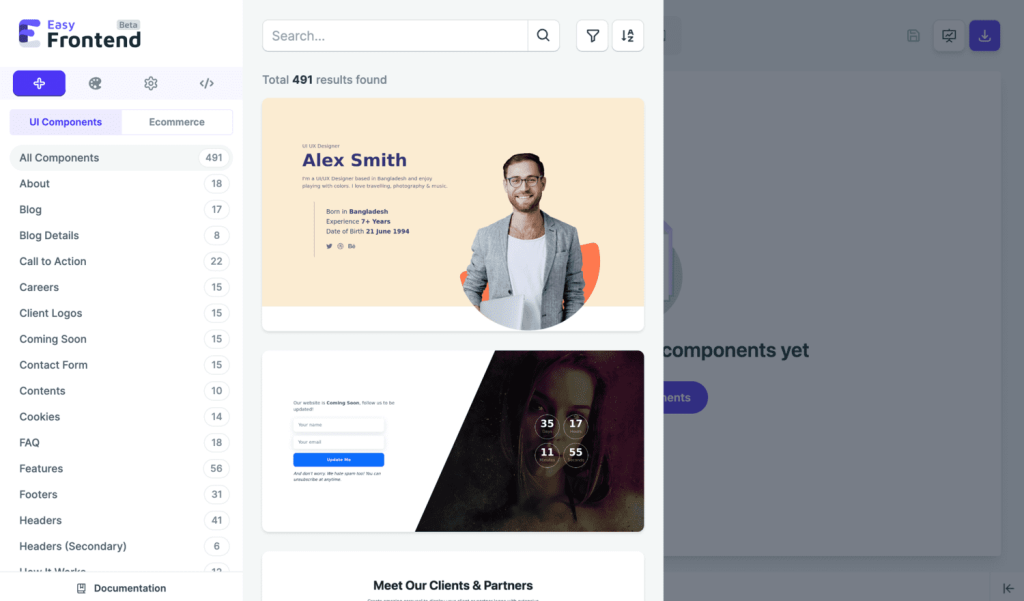
570+ Tailwind components with HTML, React

Chat UI component built with Tailwind and Next.js.

Tailwind roadmap, timeline component

47+ React UI Components for Tailwind CSS

Tailwind filter components

Tailwind 404, error page components
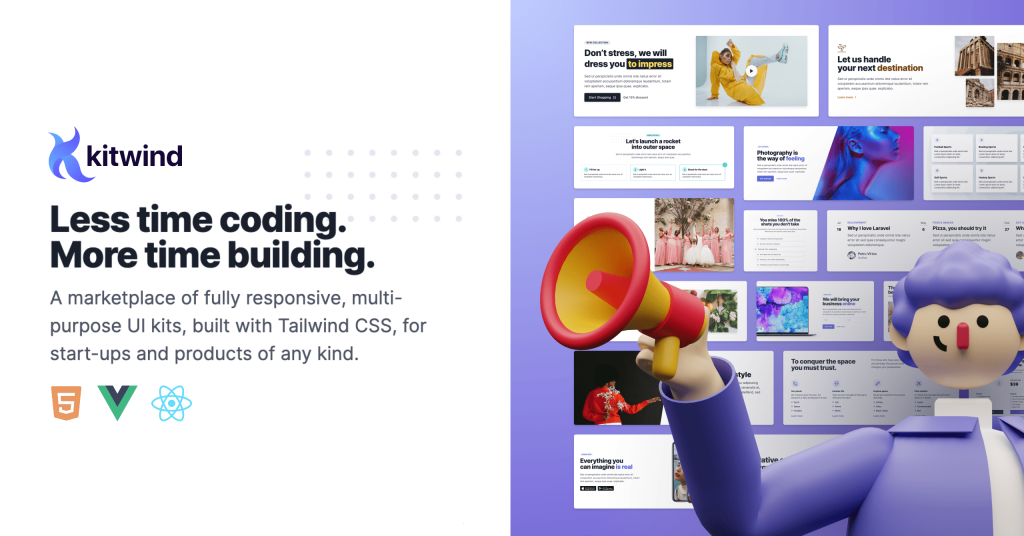
130+ Free Tailwind UI Sections

Tailwind-powered UI kit for React, Vue & Solid
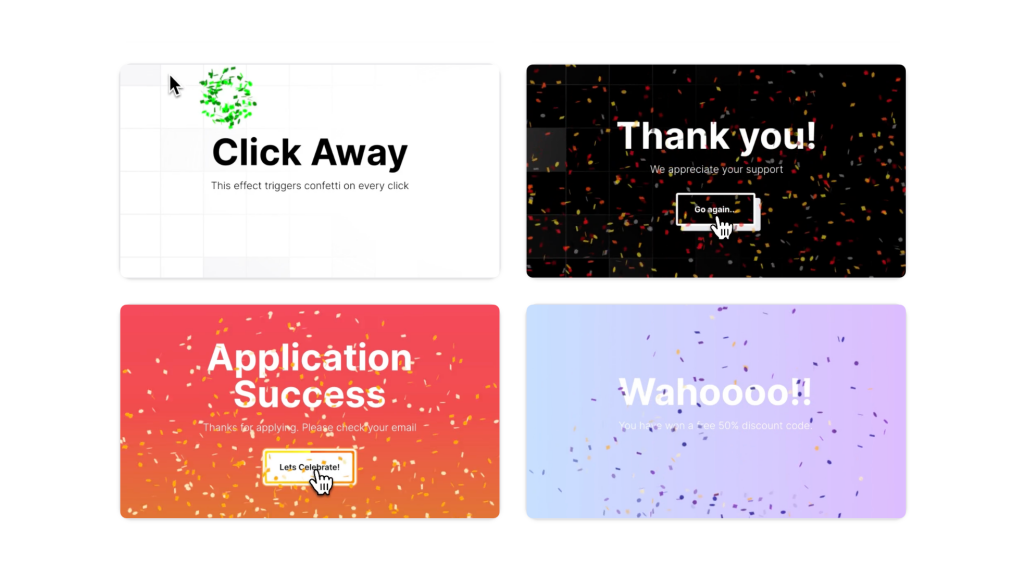
Animated Tailwind & Three.js web components
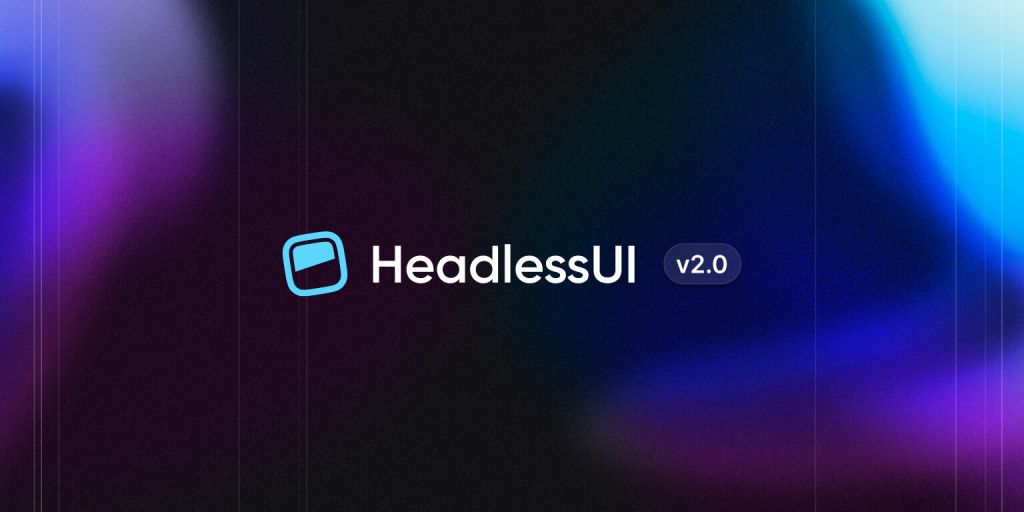
16 React & Vue UI components

500+ customizable Tailwind components for React

Open source React and Figma design system
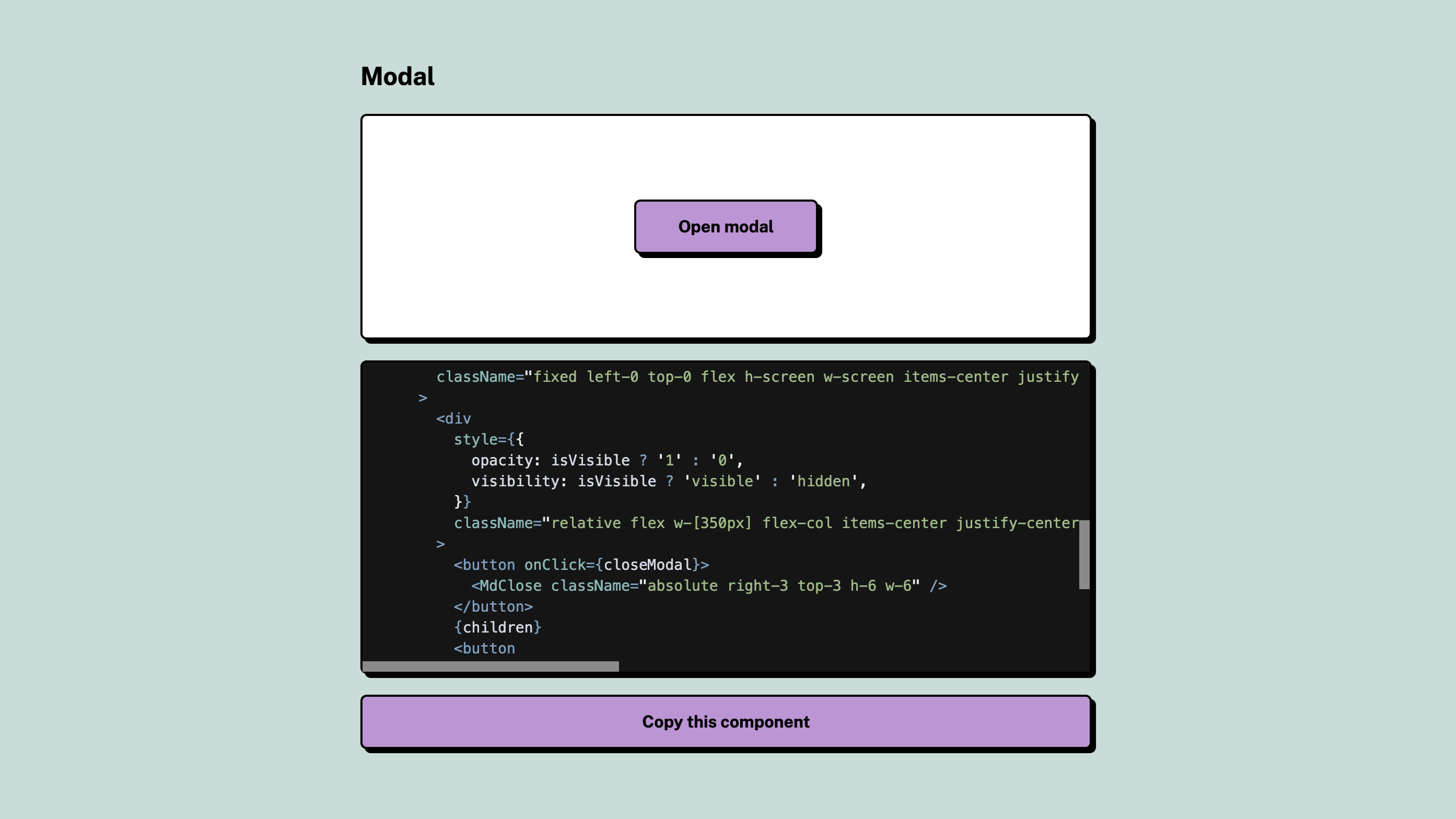
Open-source neobrutalism Tailwind UI component library
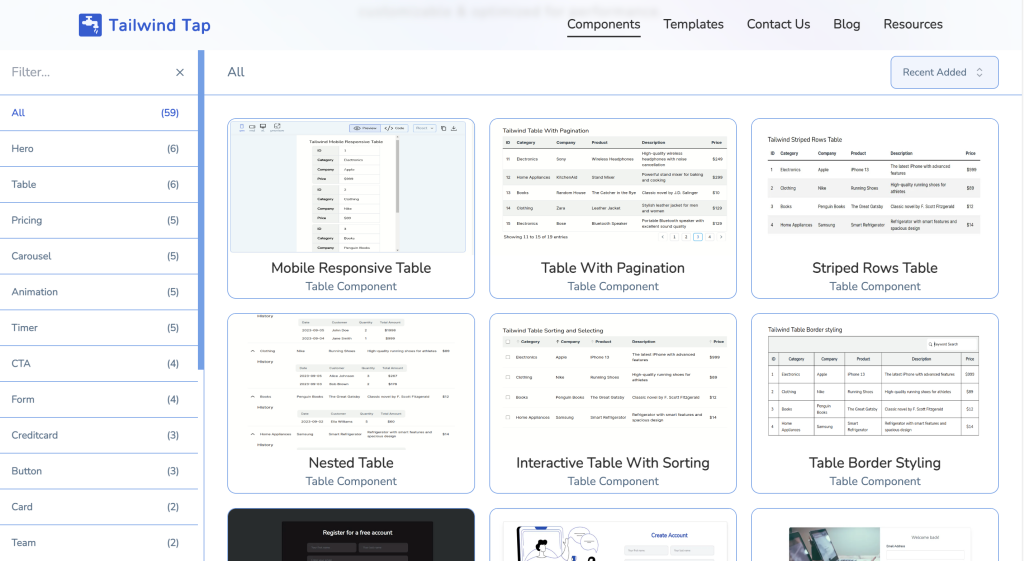
60 Free UI Components made with React Tailwind CSS
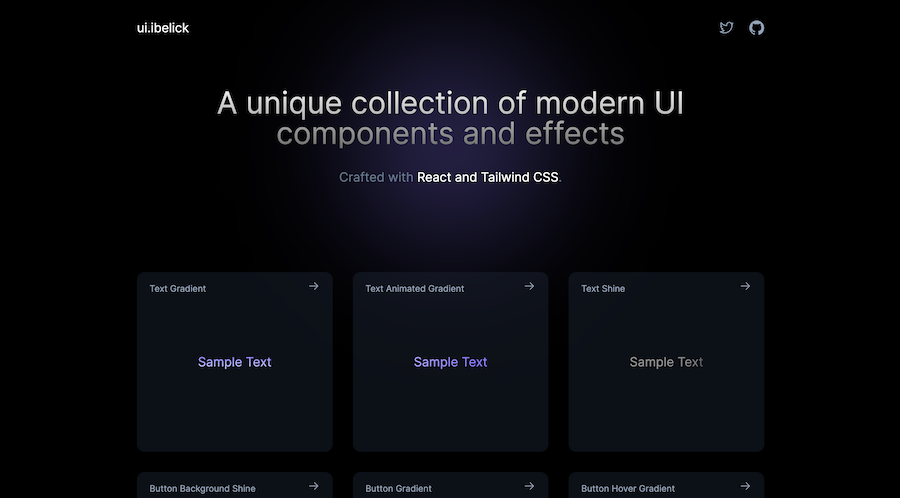
18+ free React & Tailwind CSS UI Components

Open-source frontend library built with Tailwind CSS

Reusable Tailwind-based UI toolkit
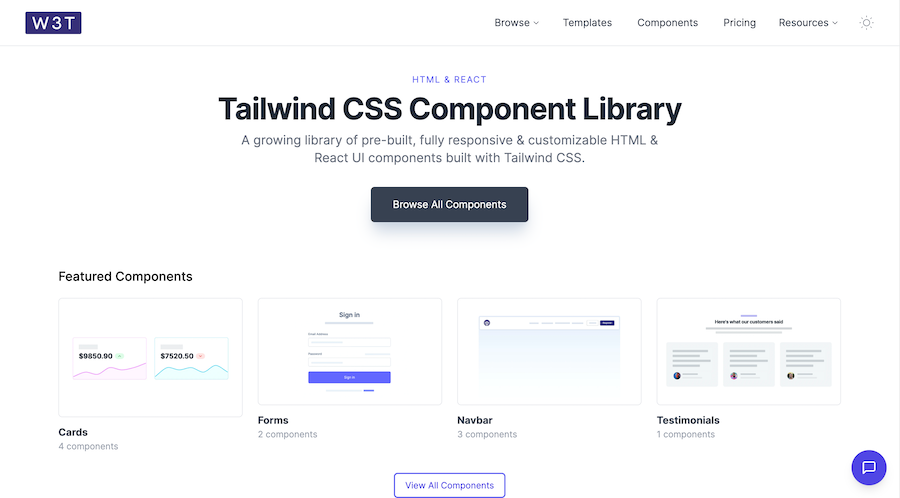
19 HTML & React UI components
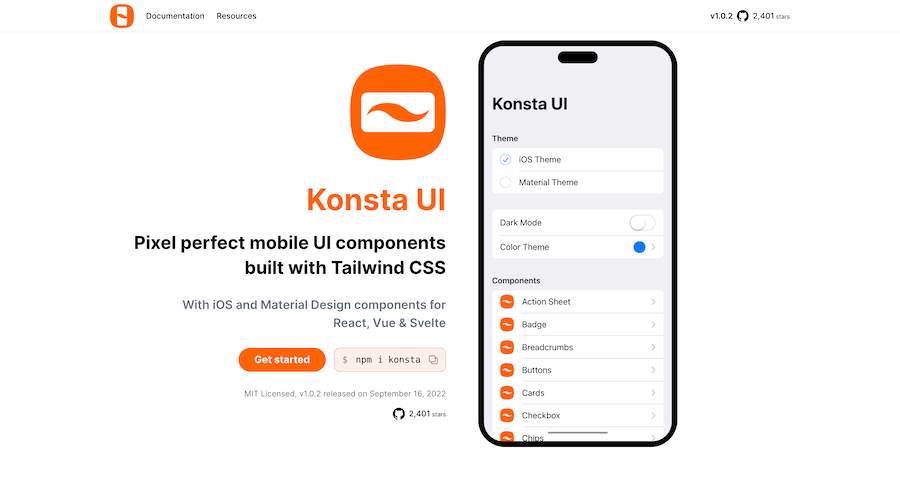
Mobile first Tailwind UI kit for React, Vue & Svelte
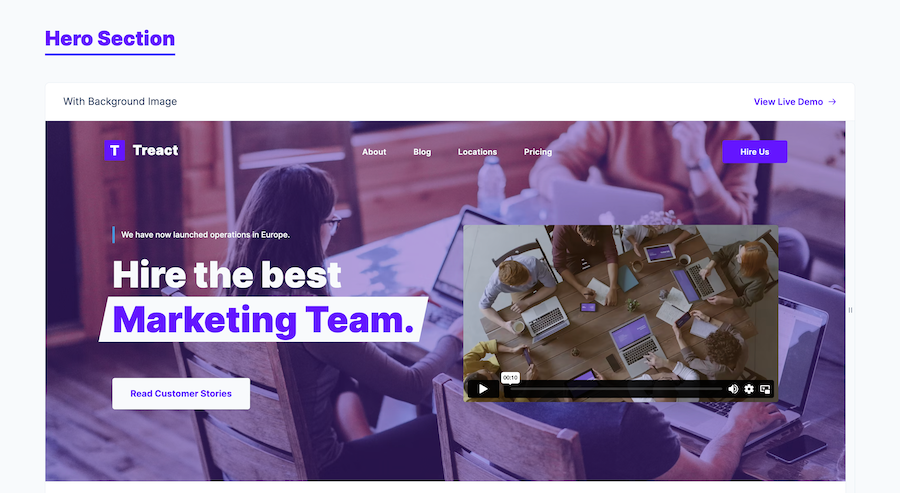
Free Tailwind CSS React templates and components
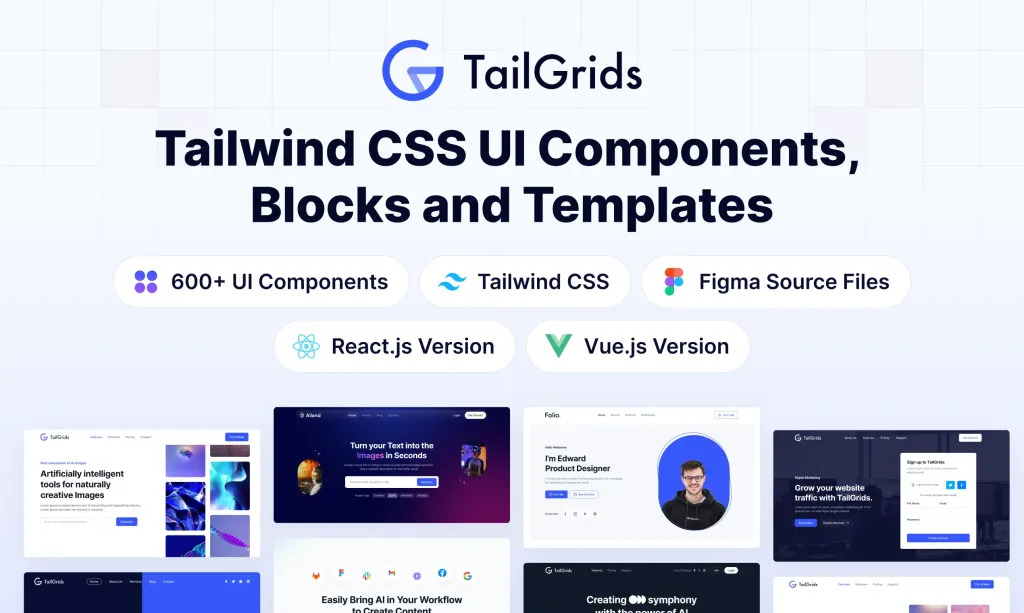
600+ TailGrids UI blocks for instant Tailwind designs
Best Tailwind components and elements to use on your web projects.
 HOT
HOT959 shadcn/ui blocks for Tailwind

Free and premium Shadcn blocks

220+ Free & Premium Tailwind, Alpine.js components
React has cemented its position as one of the most popular JavaScript libraries for building dynamic and responsive user interfaces. At the heart of React’s power and flexibility are React Components.
These components enable developers to create reusable, maintainable, and scalable code, making the development process more efficient and enjoyable.
React Components are the building blocks of any React application. They encapsulate pieces of the UI along with their behavior, allowing developers to break down complex interfaces into manageable, reusable parts. Each component can maintain its own state and respond to user interactions, making the UI interactive and dynamic.
React offers two primary types of components:
Functional Components: These are simple JavaScript functions that return JSX (JavaScript XML) to render UI elements. With the introduction of Hooks in React 16.8, functional components gained the ability to manage state and side effects, making them more powerful and preferred in modern React development.
Class Components: These are ES6 classes that extend React.Component and must contain a render method returning JSX. They have traditionally been used to manage state and lifecycle methods but are gradually being superseded by functional components and Hooks.
A typical React functional component looks like this:
import React from 'react';
const Greeting = ({ name }) => {
return <h1>Hello, {name}!</h1>;
};
export default Greeting;This simple component receives a name prop and displays a greeting message. Its simplicity and clarity are key to React’s component-based architecture.
Props: Short for properties, props are read-only data passed from a parent component to a child component. They allow components to be dynamic and reusable by customizing their behavior and appearance based on the provided data.
State: Unlike props, state is managed within the component and can change over time, typically in response to user actions or other events. State allows components to maintain and update their data, making the UI interactive.
React components go through different lifecycle phases: mounting, updating, and unmounting.
Lifecycle Methods: In class components, methods like componentDidMount, componentDidUpdate, and componentWillUnmount allow developers to execute code at specific points in a component’s lifecycle.
Hooks: In functional components, Hooks like useState, useEffect, and useContext provide similar capabilities, enabling state management and side-effect handling without the need for class syntax.
React promotes composing small, reusable components to build complex UIs. By breaking down the UI into manageable pieces, developers can maintain and update applications more efficiently. This modular approach also fosters code reuse across different parts of an application or even across different projects.
React uses a Virtual DOM to optimize rendering performance. When the state of a component changes, React updates the Virtual DOM, compares it with the previous version, and efficiently updates only the parts of the actual DOM that have changed. This minimizes direct DOM manipulations, enhancing performance and user experience.
Creating a React component is straightforward. Let’s walk through building a simple Button component and using it within another component.
import React from 'react';
const Button = ({ label, onClick }) => {
return <button onClick={onClick}>{label}</button>;
};
export default Button;This Button component accepts label and onClick as props, making it reusable with different labels and click behaviors.
import React, { useState } from 'react';
import Button from './Button';
const App = () => {
const [count, setCount] = useState(0);
return (
<div>
<Button label="Click Me" onClick={() => setCount(count + 1)} />
<p>You clicked {count} times.</p>
</div>
);
};
export default App;In this App component, the Button is imported and used, demonstrating how components interact and manage state together.
Props allow parent components to pass data and functions to child components, enabling dynamic and flexible UI elements.
const Welcome = ({ user }) => {
return <h2>Welcome, {user}!</h2>;
};Here, the Welcome component receives a user prop and displays a personalized message.
State enables components to manage and respond to data changes over time. Using the useState Hook in functional components allows for easy state management.
const Counter = () => {
const [count, setCount] = useState(0);
// ...
};When multiple components need to share or synchronize state, the state can be lifted up to a common ancestor component. This approach ensures that data flows in a single direction, maintaining a predictable state management flow.
React components handle user interactions through event handlers. These handlers allow components to respond to events like clicks, form submissions, and keyboard inputs.
const SubmitButton = ({ onSubmit }) => {
return <button onClick={onSubmit}>Submit</button>;
};In this example, the SubmitButton component triggers the onSubmit function passed via props when clicked, enabling the parent component to define the specific behavior.
Higher-Order Components are functions that take a component and return a new enhanced component. They allow for reusing component logic across multiple components without modifying their structure.
const withLogging = (WrappedComponent) => {
return (props) => {
console.log('Rendering', WrappedComponent.name);
return <WrappedComponent {...props} />;
};
};The Context API provides a way to pass data through the component tree without having to pass props down manually at every level. It’s ideal for global data like themes, user information, or settings.
const ThemeContext = React.createContext('light');Hooks are functions that let you use React features in functional components. Beyond useState and useEffect, Hooks like useReducer, useMemo, and useCallback offer advanced state and performance management capabilities.
Render Props is a technique where a component’s prop is a function that returns a React element. It allows for dynamic and flexible component rendering based on shared logic.
const DataFetcher = ({ render }) => {
const data = fetchData();
return render(data);
};Keep Components Small and Focused: Each component should handle a single responsibility. This enhances readability, maintainability, and reusability.
Use Descriptive Names: Clear and descriptive names for components and their props make the codebase easier to understand and navigate.
Manage State Wisely: Avoid unnecessary state in components. Lift state up when multiple components need to share it, and use state management libraries for complex state scenarios.
Leverage PropTypes or TypeScript: Utilize PropTypes or TypeScript for type checking to catch bugs early and enforce correct usage of components.
Organize Files Logically: Structure your project files in a way that groups related components together, making the codebase easier to manage and scale.
Write Clear and Concise Code: Aim for simplicity and clarity in your component logic, avoiding overly complex structures that can be hard to debug and maintain.
UI Elements: Buttons, inputs, modals, and other interactive elements.
Layout Components: Headers, footers, navigation bars, and sidebars that define the structure of the application.
Form Handling: Components that manage and validate user inputs.
Data Display: Tables, lists, cards, and other components that present data in organized formats.
Composite Components: Combining multiple smaller components to create more complex UI structures.
By effectively utilizing React Components in these scenarios, developers can build rich and interactive user interfaces with ease.
To ensure your React Components are efficient and performant, consider the following optimization techniques:
Use React.memo to prevent functional components from re-rendering when their props haven't changed. Similarly, implement shouldComponentUpdate in class components to control rendering behavior.
When rendering lists, assign unique keys to each list item. This helps React identify which items have changed, been added, or removed, optimizing rendering performance.
Implement code-splitting and lazy loading for components that aren’t immediately needed. This reduces the initial load time and enhances application performance.
Keep the state as minimal as possible and lift it up only when necessary. Avoid storing redundant or derived data in the state to prevent unnecessary updates and re-renders.
Use useMemo and useCallback Hooks to memoize expensive calculations and functions, ensuring they are only recalculated or recreated when their dependencies change.
Transitioning components from other frameworks or vanilla JavaScript to React involves several steps:
Analyze Current Components: Understand the structure, functionality, and dependencies of existing components.
Recreate Structure in React: Define new React components that mirror the structure and behavior of the existing ones.
Transfer Styles: Move CSS or styling logic into the React components, using CSS modules, styled-components, or other preferred methods.
Adapt State and Props: Ensure that state management and data flow align with React’s paradigms, utilizing Hooks or context as needed.
Test Thoroughly: Validate that the migrated components behave as expected within the React application, addressing any issues that arise during the transition.
A systematic approach ensures a smooth migration, preserving functionality while leveraging React’s strengths.
React Components are a fundamental aspect of building efficient, scalable, and maintainable web applications. Their ability to encapsulate UI elements along with their behavior and styling promotes code reuse and modularity, streamlining the development process.
By understanding the core concepts, leveraging key features like Hooks and the Context API, and adhering to best practices, developers can create robust and dynamic user interfaces with ease.
You can find answers for commonly asked questions about components.
In functional components, state is managed using Hooks like useState. In class components, state is managed using this.state and updated with this.setState. Hooks provide a more concise and flexible way to handle state in modern React development.
Props, short for properties, are read-only data passed from a parent component to a child component. They allow components to receive data and functions, enabling dynamic rendering and interaction based on the provided values.
Yes, React Components are designed to be reusable. By encapsulating functionality and styling, components can be easily shared and integrated into different projects, promoting consistency and reducing development time.
Functional components are simple JavaScript functions that return JSX and, with Hooks, can manage state and side effects. Class components are ES6 classes that extend React.Component and use lifecycle methods. Functional components are now preferred due to their simplicity and the power of Hooks.
React Hooks are functions that let you use React features like state and lifecycle methods in functional components. They simplify state management and side effects, making functional components more powerful and easier to work with.